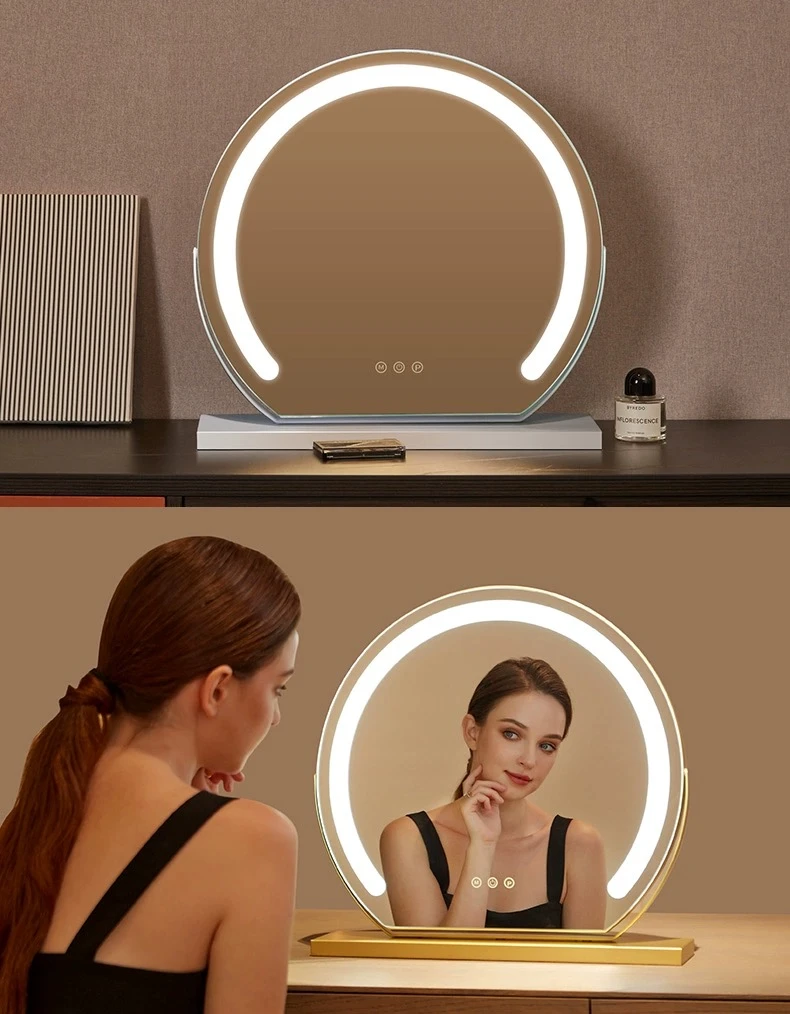

Understanding Low Emissivity (Low-E) Glass Applications and Benefits
Low emissivity glass, commonly referred to as Low-E glass, plays a crucial role in modern building design and energy efficiency solutions. With the growing concern for energy consumption and the push for sustainable construction practices, understanding the properties and advantages of Low-E glass becomes increasingly relevant, particularly focusing on its emissivity value.
What is Emissivity?
Emissivity is a measure of a material's ability to emit infrared radiation compared to a perfect black body. It ranges from 0 to 1, where a value of 0 indicates no emission and 1 signifies perfect emission. For most materials, emissivity falls between these two extremes. Low-E glass is designed to have a lower emissivity value, typically below 0.1, which means it reflects a significant portion of infrared radiation while allowing visible light to pass through.
How Low-E Glass Works
Low-E glass achieves its energy-efficient properties through a microscopically thin metallic coating. This coating is applied to one or more surfaces of the glass, allowing the window to reflect heat back into a room during winter months while keeping unwanted solar heat out during the summer. Essentially, Low-E glass acts as a barrier, enhancing thermal performance without compromising natural light.
There are two primary types of Low-E coatings hard coat and soft coat. Hard coat Low-E glass is produced through a process called pyrolytic coating, where the coating is baked onto the glass surface while it is still hot. This type is more durable and typically more suitable for single-pane applications. On the other hand, soft coat Low-E glass is applied in a vacuum and offers better thermal insulation but requires more careful handling due to its fragility.
Benefits of Low-E Glass

1. Enhanced Energy Efficiency One of the most significant benefits of Low-E glass is its ability to reduce energy consumption. According to the U.S. Department of Energy, using Low-E glass can help lower heating and cooling costs by up to 30-50%. This results in less strain on HVAC systems, leading to longer equipment lifespans and lower maintenance costs.
2. Reduction in UV Rays Low-E coatings can also block up to 99% of harmful ultraviolet (UV) rays from the sun. This not only protects the interior furnishings, carpets, and artworks from fading but also reduces the risk of skin cancer for occupants exposed to sunlight indoors.
3. Improved Comfort With better insulation properties, Low-E glass minimizes temperature fluctuations inside a building. This translates into a more comfortable environment for occupants, as rooms remain warm during cold seasons and cool during hot weather.
4. Environmental Impact The lower energy use associated with Low-E glass indirectly results in decreased greenhouse gas emissions, contributing to overall environmental sustainability. As buildings equipped with Low-E glass require less energy for heating and cooling, they align with the objectives of green building certifications such as LEED (Leadership in Energy and Environmental Design).
5. Aesthetic Flexibility Modern Low-E glass is available in various styles and thicknesses, allowing homeowners and architects to maintain aesthetic preferences while enjoying functional benefits. It can be customized for residential and commercial buildings, ensuring visual appeal along with energy efficiency.
Conclusion
In conclusion, Low-E glass represents a significant advancement in building materials designed to promote energy efficiency and environmental sustainability. Its low emissivity value, which enables superior thermal performance, accompanied by other benefits like UV protection and improved occupant comfort, makes it an optimal choice for both new constructions and renovations. As the world continues to prioritize energy-efficient practices, the adoption of Low-E glass is expected to grow, further solidifying its place in modern architecture and design. By understanding and utilizing Low-E technology, we can contribute to a more sustainable future while enjoying the comforts of modern living.